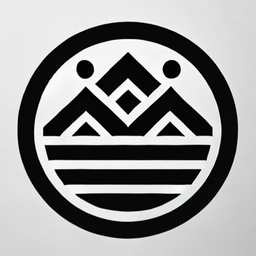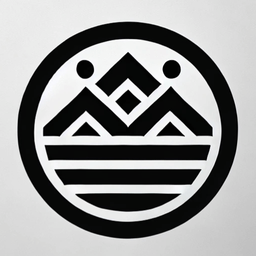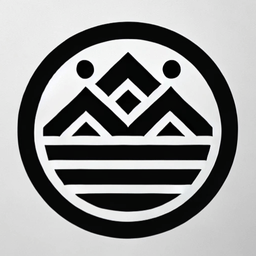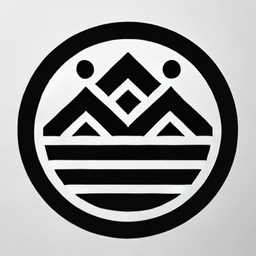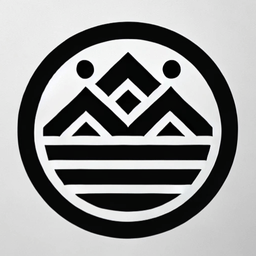Kyoto Hiking Guide – How to Enjoy Trails Around the City
#Kyoto #Trail #Begginer
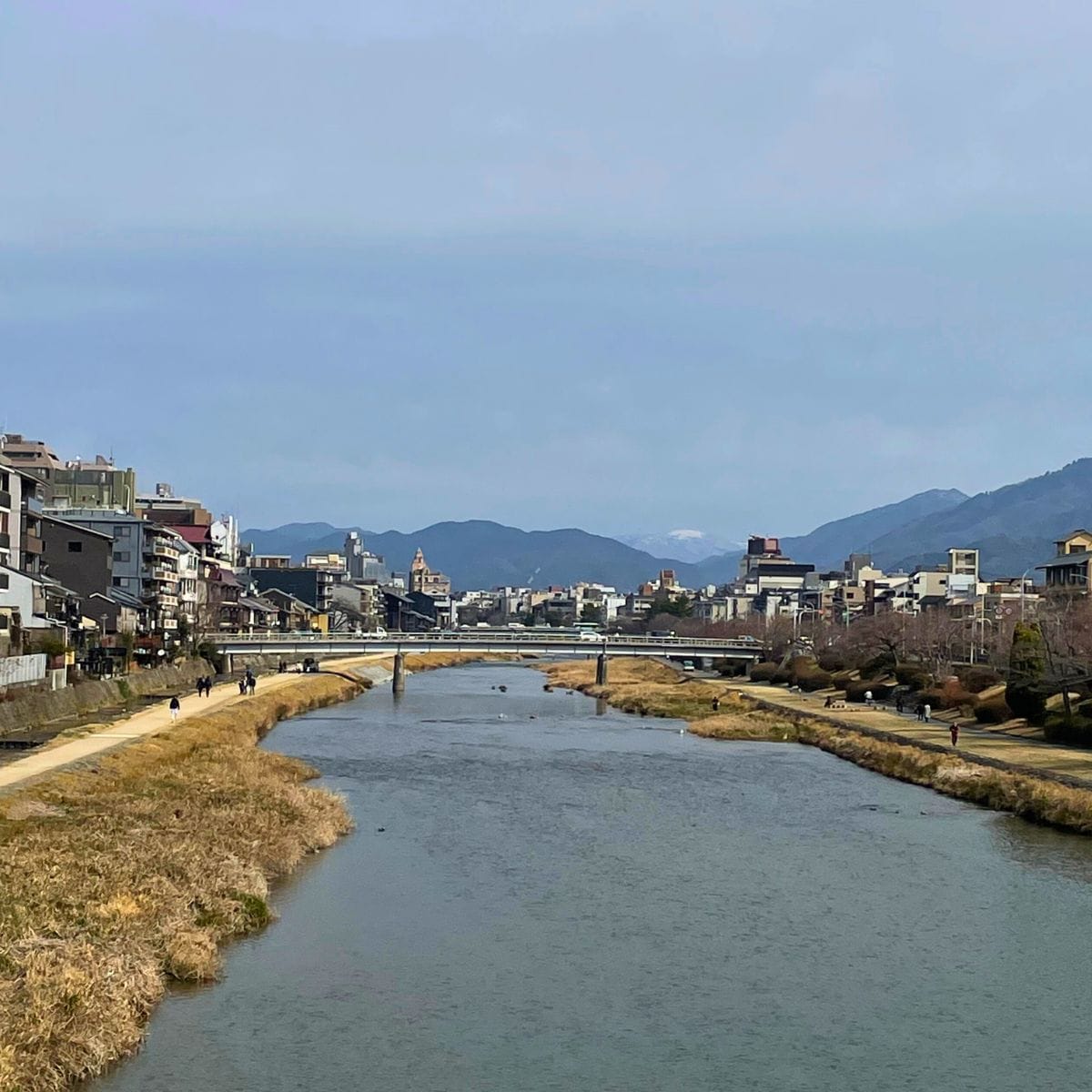
Introduction
Kyoto is famous for its temples, gardens, and traditional streets, and the city is also surrounded by mountains on three sides. This makes hiking one of the best ways to see a different side of Kyoto—only a short ride from the city center, yet filled with fresh air, forest paths, and views over tiled rooftops.
This guide is for beginners and first-time visitors who want to enjoy hiking in Kyoto. We will cover the best times to visit, easy-to-reach hiking areas, what to bring, and enjoy nature.
Why Hike in Kyoto?
- A blend of history and nature
Many trails pass through temple gates or start from shrine grounds. You may walk the same paths that monks and pilgrims have used for centuries. - Beautiful in all seasons
Cherry blossoms in spring, deep green forests in summer, red maple leaves in autumn, and quiet snow in winter—Kyoto’s mountains change with the seasons. - Easy access from the city
In 30–60 minutes, you can go from sipping matcha in a café to standing on a mountaintop. Public transport reaches most trailheads.
Best Time to Go Hiking in Kyoto
- Spring (March–May) – Warm, comfortable, and full of cherry blossoms. Some trails, like Mt. Daimonji, have sakura trees along the way.
- Summer (June–September) – Hike in the early morning to avoid heat. Choose shady courses near rivers, like the Kurama to Kibune trail.
- Autumn (October–November) – The most popular season for locals. Autumn leaves attract many people, so start early in the morning.
- Winter (December–February) – Cold but peaceful. Snow may cover Mt. Hiei or Atago, creating a quiet, magical scene.
➡ If you want detailed advice on weather and seasonal highlights, see:

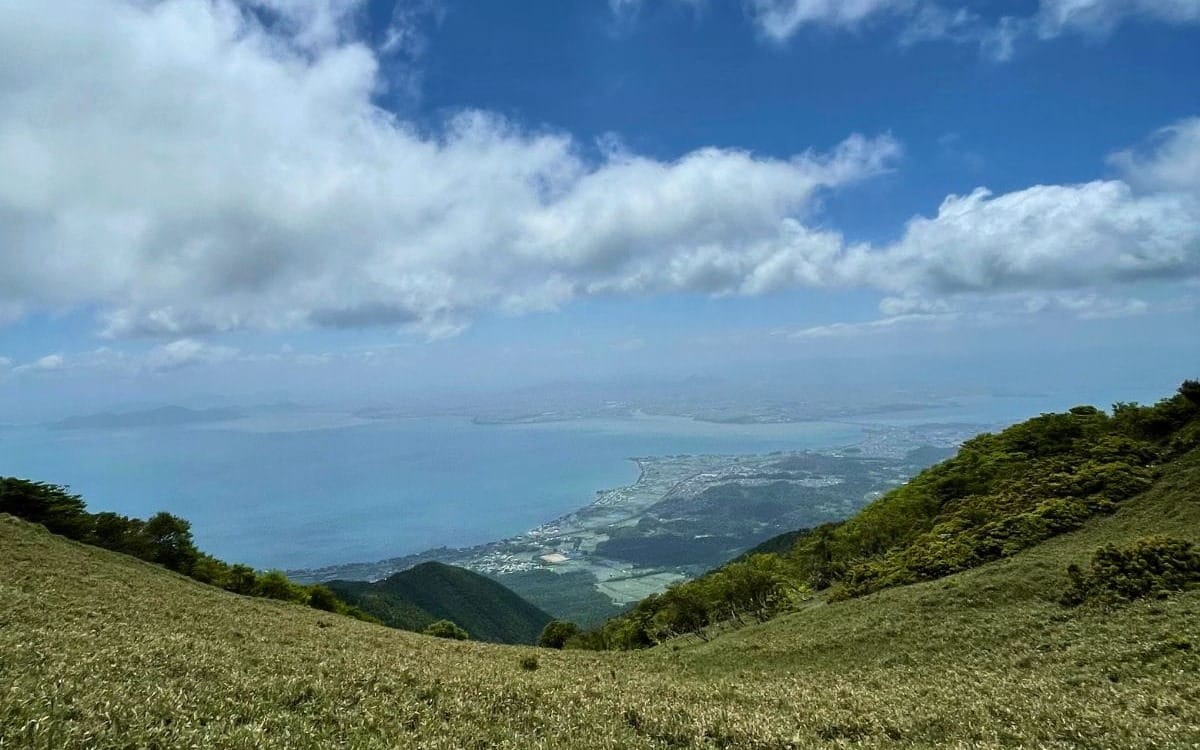
Popular Hiking Areas Around Kyoto
Here are three main hiking regions, with just a quick overview. For full trail details, visit my Best Hikes Near Kyoto guide.
1. Higashiyama (Eastern Hills)
Home to famous peaks like Mt. Daimonji and Fushimi Inari. Trails often start near temples and offer great city views.
2. Kitayama (Northern Hills)
Less crowded, with peaceful trails around Kibune and Kurama. Popular for the summer because of the cool river valley.
3. Nishiyama (Western Hills)
Includes Arashiyama’s bamboo groves and Mt. Atago, one of Kyoto’s highest peaks. Rich in history and perfect for full-day hikes.
Essential Gear for Kyoto Trails
You don’t need professional mountaineering gear for most Kyoto hikes, but you should prepare for the weather.
- Clothing – Light layers in spring/autumn, breathable clothes in summer, and warm jackets in winter.
- Shoes – Good sneakers are fine for easy trails; light hiking boots are better for longer or rocky routes.
- Must-have items –
- Water bottle (500ml–1L)
- Snacks (onigiri or trail mix)
- Map app (YAMAP or Google Maps offline)
- Compact umbrella or rain jacket
- For gear shopping in Kyoto, see my posts on
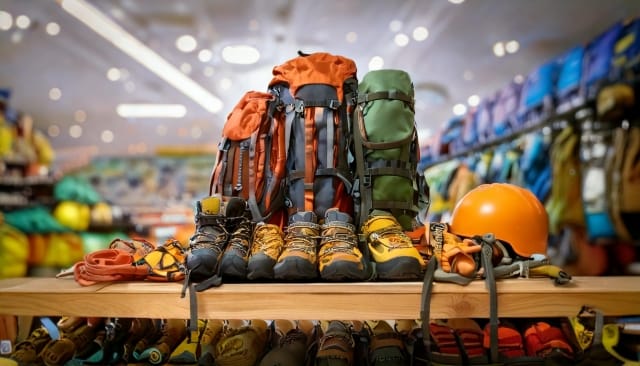
Hiking Etiquette and Safety Tips
Hiking in Kyoto often means sharing the path with locals, tourists, and sometimes even monks. Respect is key.
- On the trail – Keep to the left when passing, and greet other hikers with a friendly konnichiwa.
- At temples/shrines – Bow lightly at the gate (torii), purify your hands at the water basin, and avoid loud conversations.
- Take your trash home – There are almost no bins in the mountains.
➡ For more cultural and safety advice, read:

Transportation Tips
Kyoto’s trails are well-connected by public transport.
- Trains – Keihan, Hankyu, and Eizan lines connect directly to many trailheads.
- Buses – Useful for remote areas, but can be crowded during peak seasons.
- IC Cards – Get an ICOCA, Suica, or PASMO card for easy travel.
- Navigation – Download offline maps in advance; some mountain areas have a weak signal.
Final Thoughts
Kyoto hiking offers more than exercise—it’s a journey into nature, culture, and history, all in one. Start with an easy half-day route, enjoy the views, and next time try something longer or higher.


